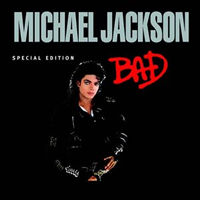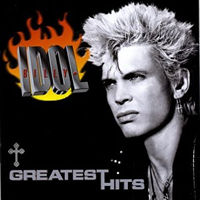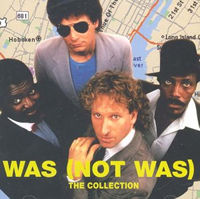Jason Maloney reviews
V o l u m e # 3 7 Chart Date: 10th October 1987 Online Date: 15th October 2004

Chronicles
As the independent broadcasting sector began to offer a serious alternative to the BBC’s monopoly in the 1980s, it was only a matter of time before a rival chart appeared. In the late summer of 1984, The Network Chart was launched with the backing of former Radio 1 DJs Paul Gambaccini and David “Kid” Jensen and pitted directly against the Sunday evening re-run of the official Top 40 on the Beeb. It lacked the same integrity (its collated data was not based on the standard Monday-Saturday period, while airplay on independent stations was also factored in), but The Network Chart was more up-to-date than the opposition. Eventually, as technology enabled it and the need for a more relevant official UK rundown grew, Gallup – the industry’s UK chart compilers since 1978 – were able to offer a response.

Bad: Special Edition
Amidst all the sampling, the latest Michael Jackson single Bad was manfully hanging on at #3. The title track of his long-awaited follow-up to Thriller, it was accompanied by a typically overblown video that ran to 17 minutes in its full glory. Bad’s first single, the lukewarm ballad I Just Can’t Stop Loving You, had topped the chart in early August probably due to unprecendented aniticipation for the new album, but none of the other 8(!) singles from it could emulate that achievement.
1987 was on course to end on an underwhelming note for Madonna, as her ill-advised Hollywood adventure continued with Who’s That Girl and its soundtrack (the title song aside) failed to deliver the chart goods; Causin’ A Commotion was already in decline, dropping from #5 to #10 having peaked at #4. A few weeks later, The Look Of Love almost spoiled the Material Girl’s remarkable run of consecutive Top 10 UK hits that stretched back to 1984’s Like A Virgin. Perhaps wisely, she took a complete break in 1988.

Greatest Hits
Gary Numan, Steve Winwood and Billy Idol were all charting with remixed, re-recorded or re-vamped versions of old material. Numan’s #1 from 1979, Cars (stuck at #16), was given an “E Reg Model” overhaul and duly returned him to the regions of the chart his recent output had failed to reach. Valerie, a very minor Top 75 entry in 1982 for Winwood, was resurrected with a glossy new production sheen added to promote his Chronicles retrospective and was up to #23 having climbed 13 places. Idol’s Mony Mony had also been around before, most recently on a 1985 mini-album Best Of titled Vital Idol. Now, as a live recording, it finally became a hit single, debuting at #35 and destined for the UK Top 10 and, in America, #1.

The Collection
The only other notable action on the chart was provided by a 17-place leap to #21 for Erasure‘s atypical The Circus and the only arrivals, a clutch of 6 new entries between #34 and #40 led by Five Star‘s Strong As Steel and also including the future Top 10 hits Walk The Dinosaur by Was (Not Was) and Fleetwood Mac‘s Little Lies.
Page Content copyright © Jason Maloney, 2004.
Reviewer of movies, videogames and music since 1994. Aortic valve operation survivor from the same year. Running DVDfever.co.uk since 2000. Nobel Peace Prize winner 2021.
